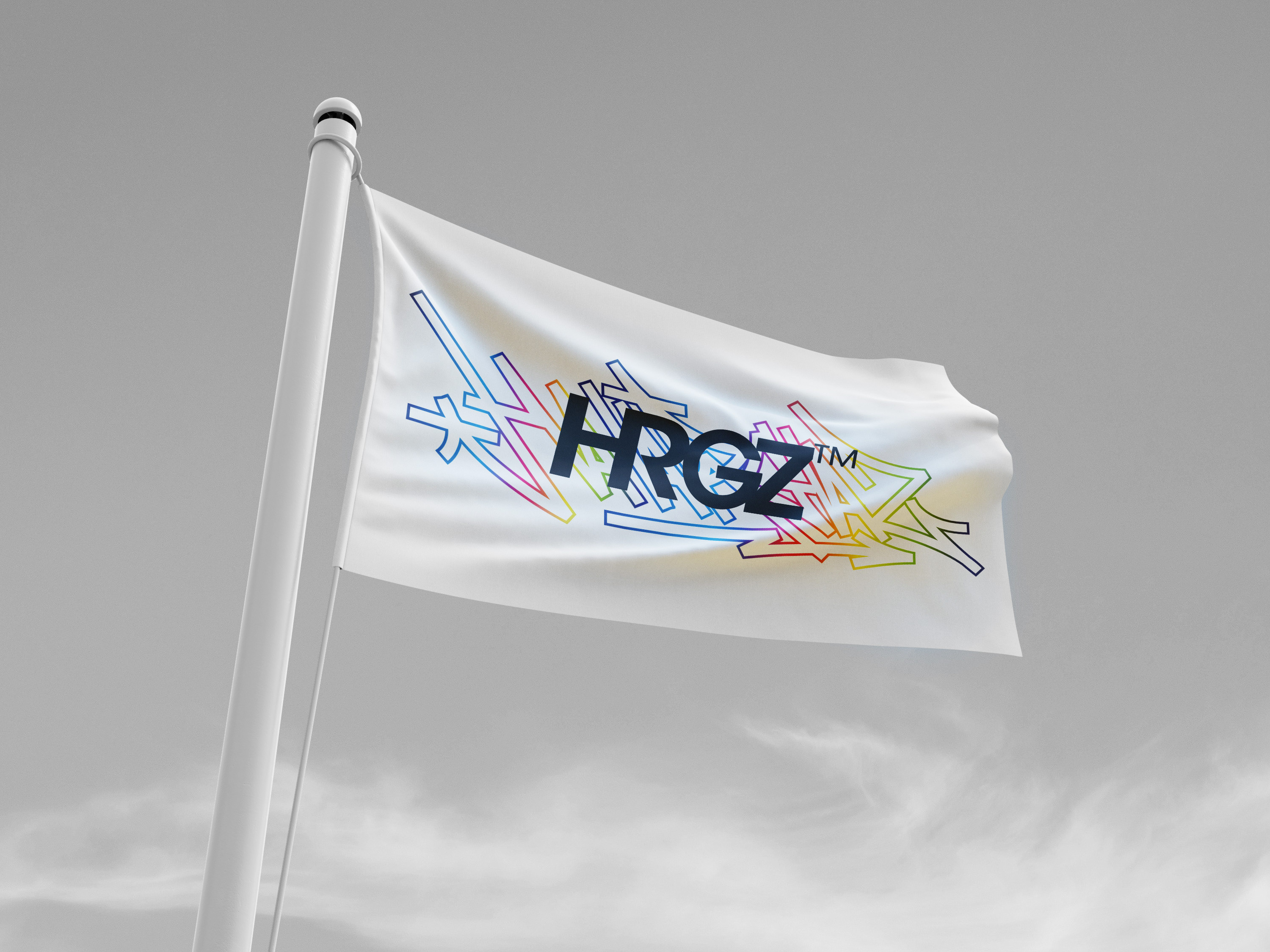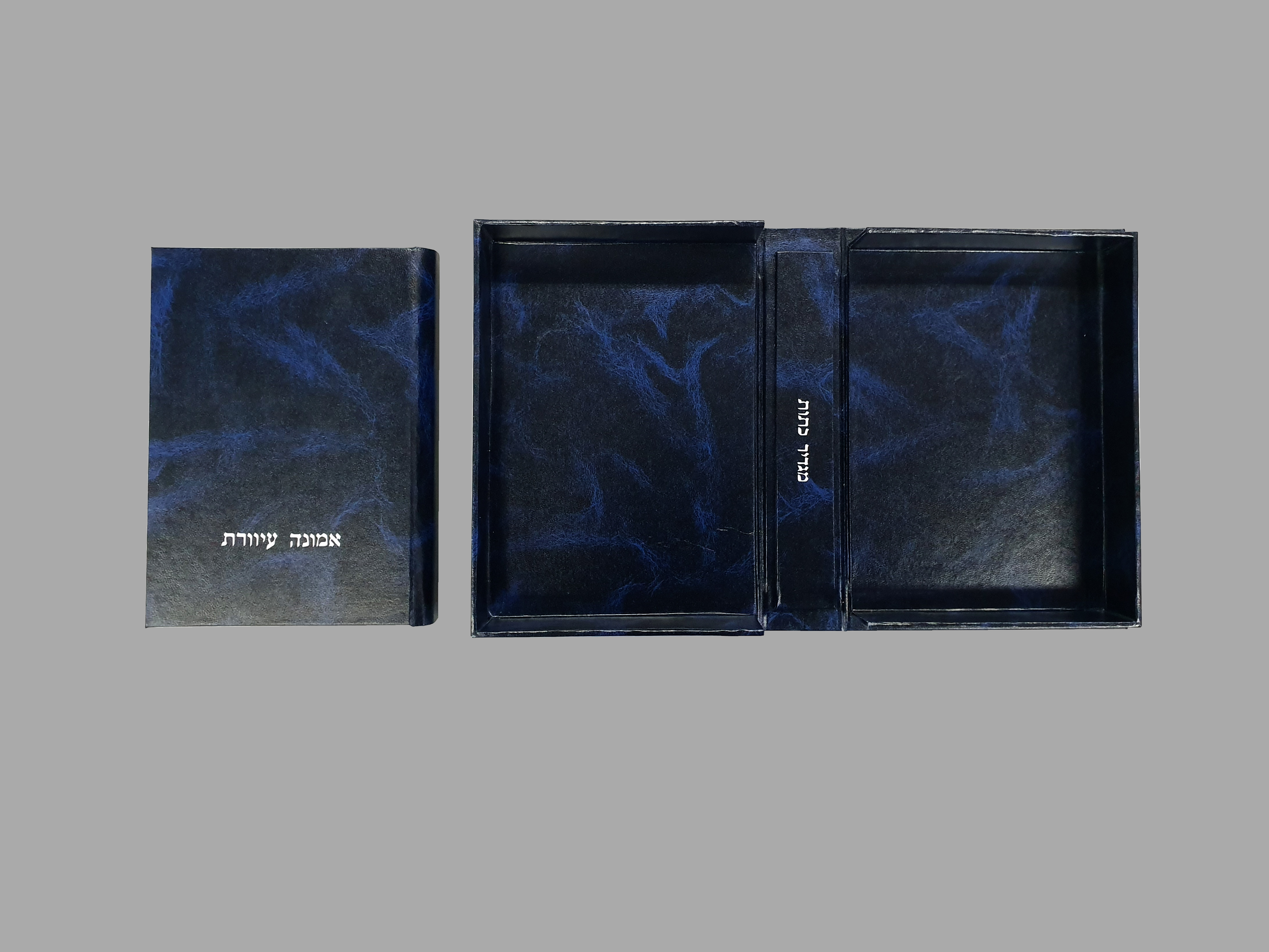Letter skeleton and shape study based on facial features. The project began by creating a real-time facial analysis system using a webcam. It was inspired by the renowned research of French theorist Geoffroy Tory. In 1529, Tory published a theory suggesting that letter forms (Latin) should be approached and created in the same way as human facial and body proportions.
The grid defining ideal human body proportions also applies to the letter skeleton, so its shape should be based on the same grid and logic. This project compared fixed facial features (face ratio, nose height relative to face) to the letter shape (focusing on the letter "א" [aleph]). Six fonts were cataloged based on their proportions, and one was chosen for each participant after analyzing their personal facial ratios.
This study treats letters as changeable 3D objects. Participants could alter the letter shape by moving their faces, with only 15 seconds to modify it. The final on-screen letter was saved as the created form.
A database of 50 participants with 50 different variations of the letter "א" (aleph) allowed us to examine similarities and differences between facial features and letter skeletons, as well as participant behavior in response to changing letter shapes.
This project was conducted as part of a course at Shenkar College, under the guidance of Kobi Franco.
This project was conducted as part of a course at Shenkar College, under the guidance of Kobi Franco.
Posters
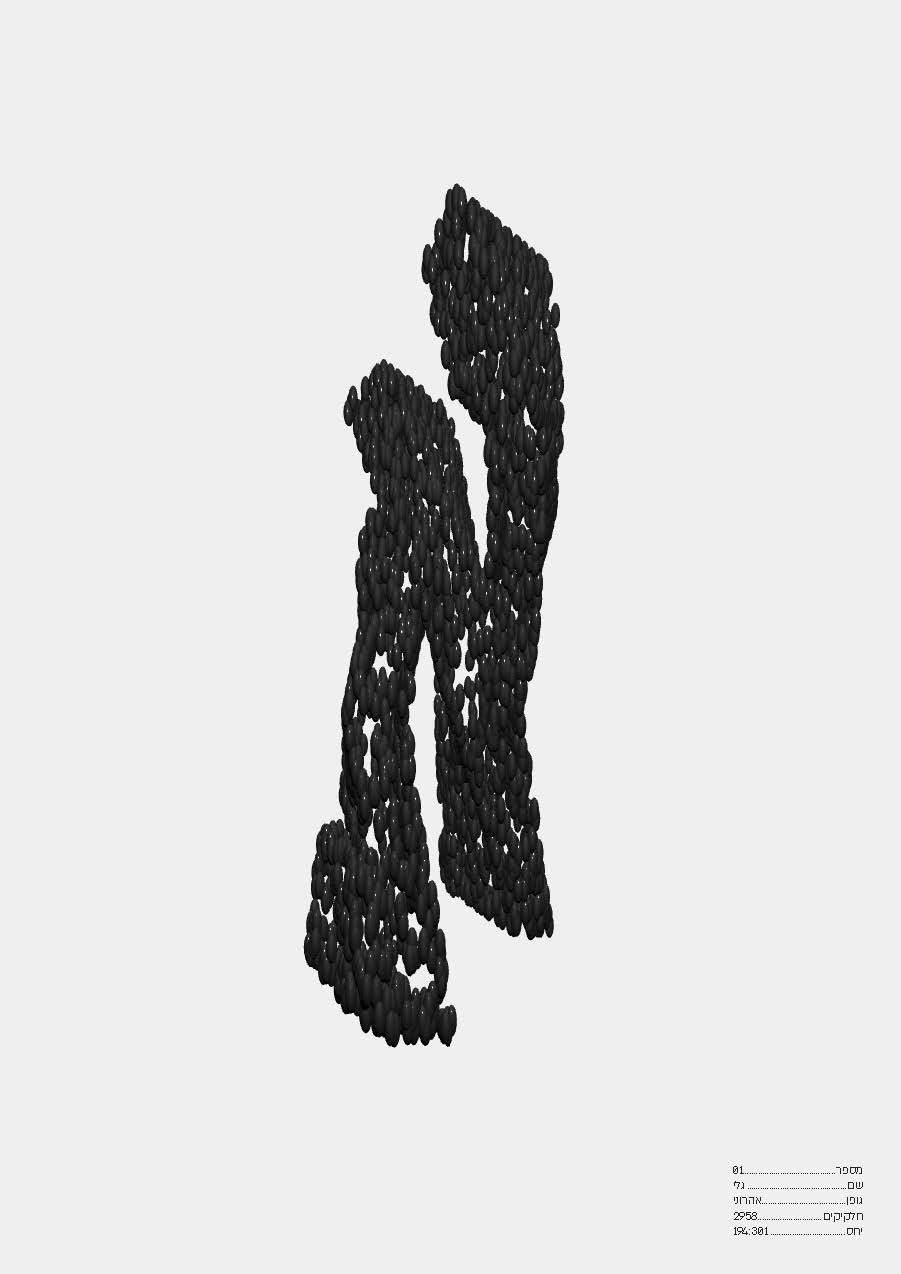



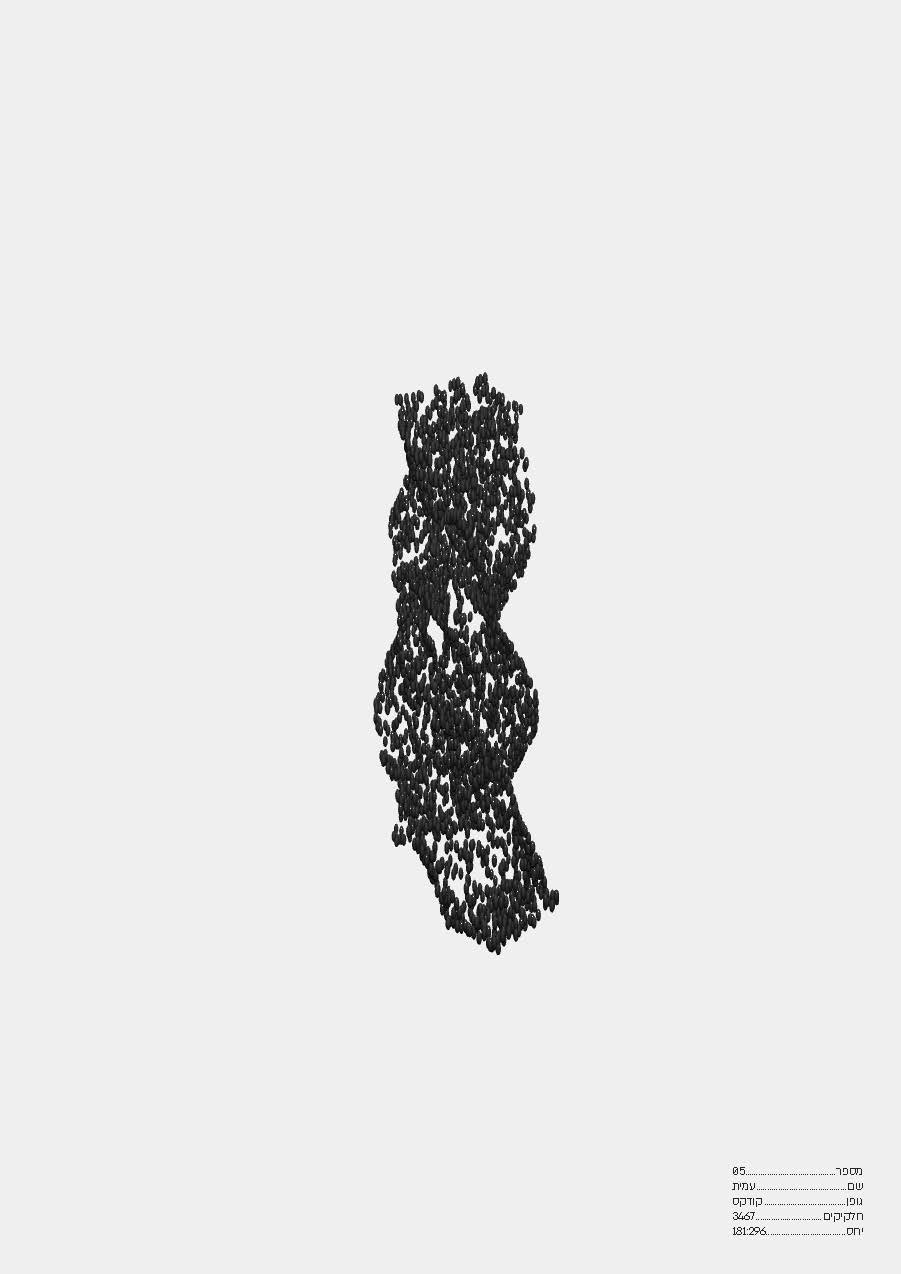








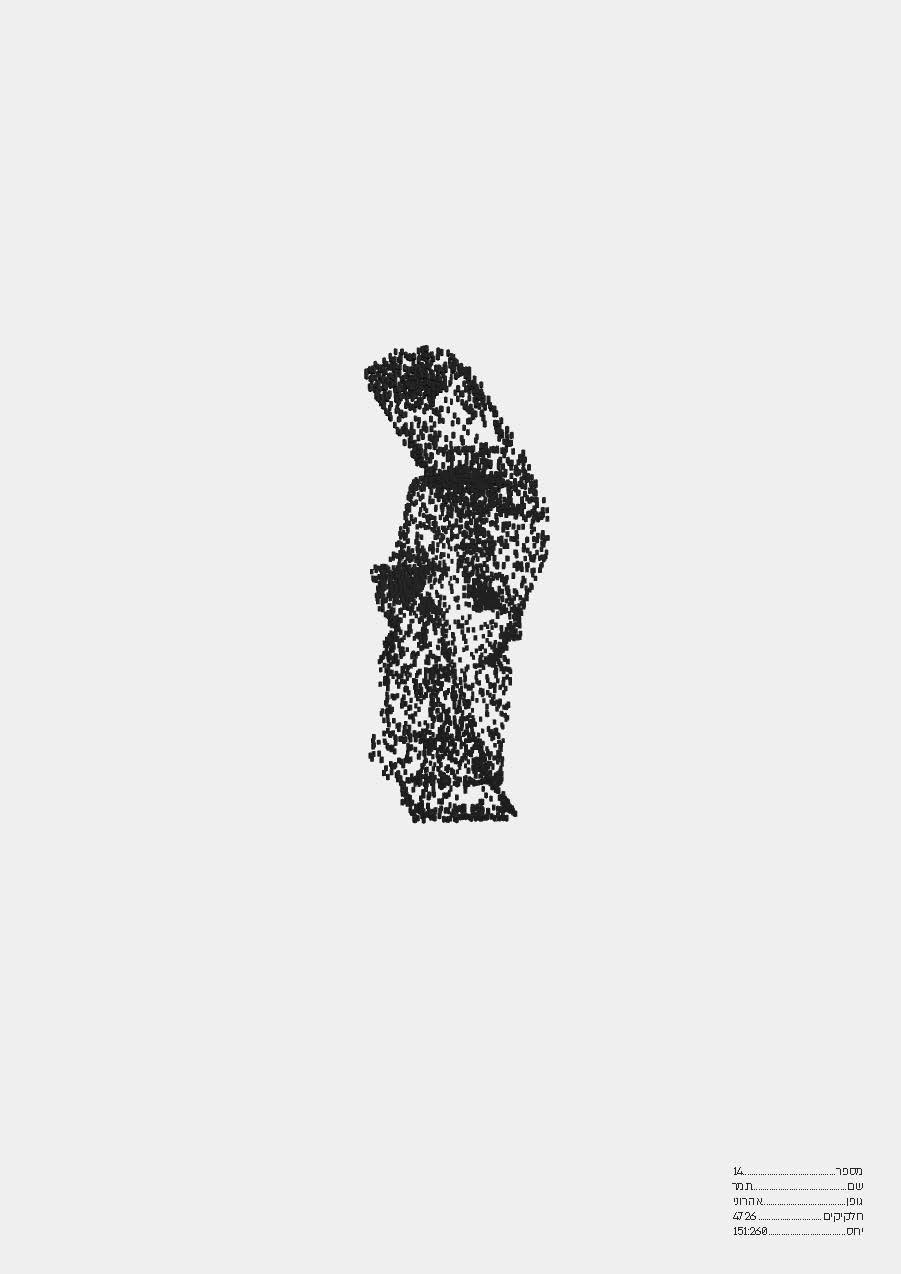

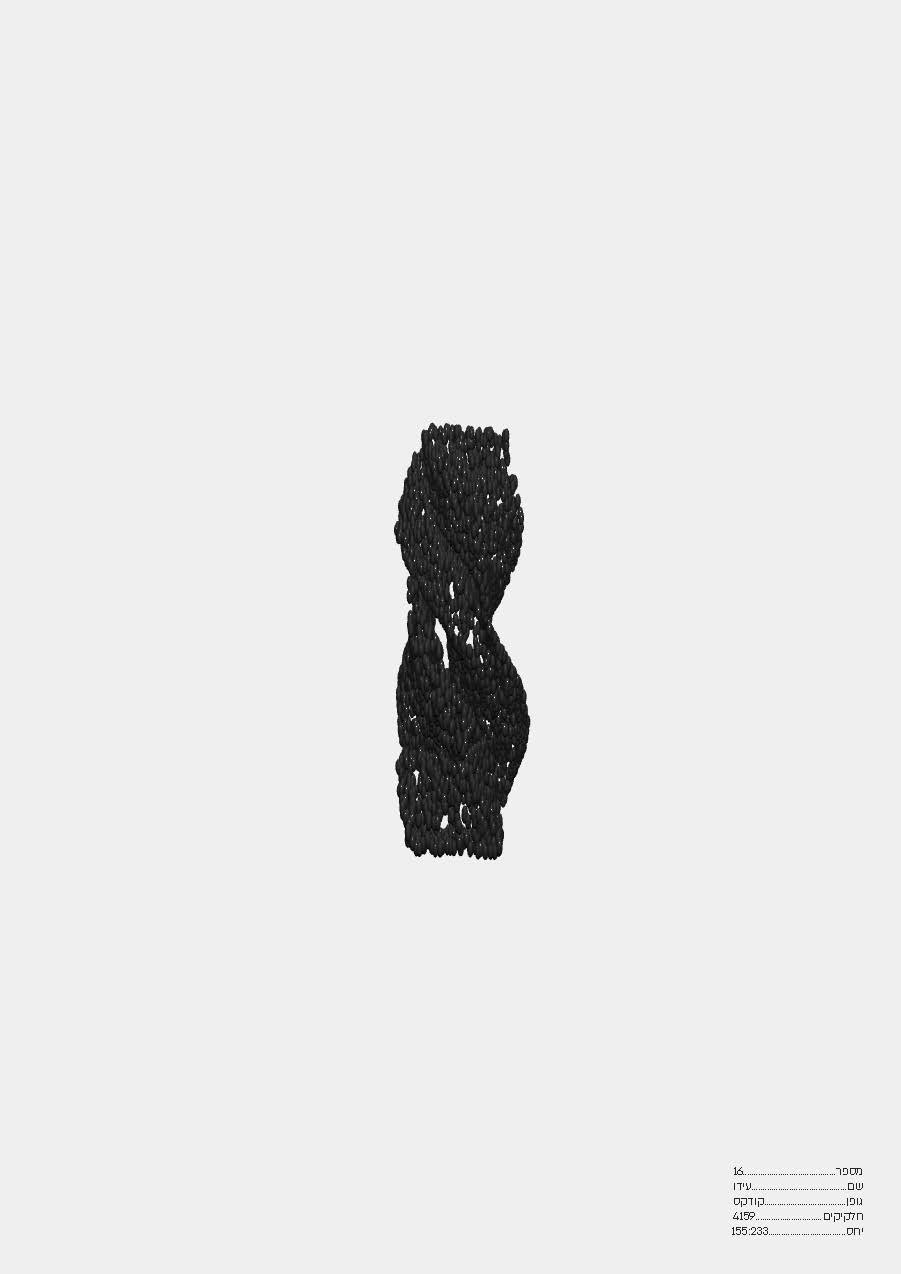
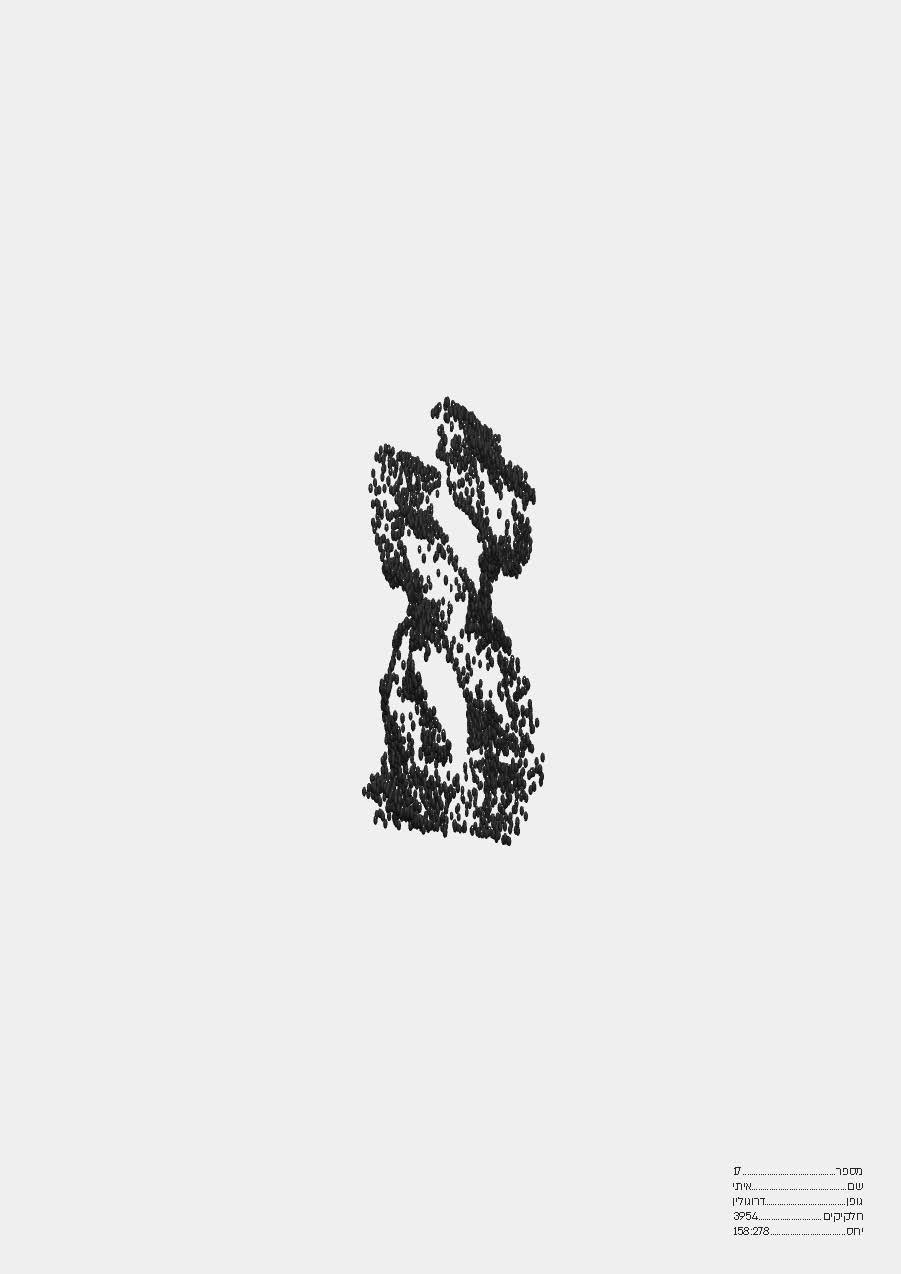


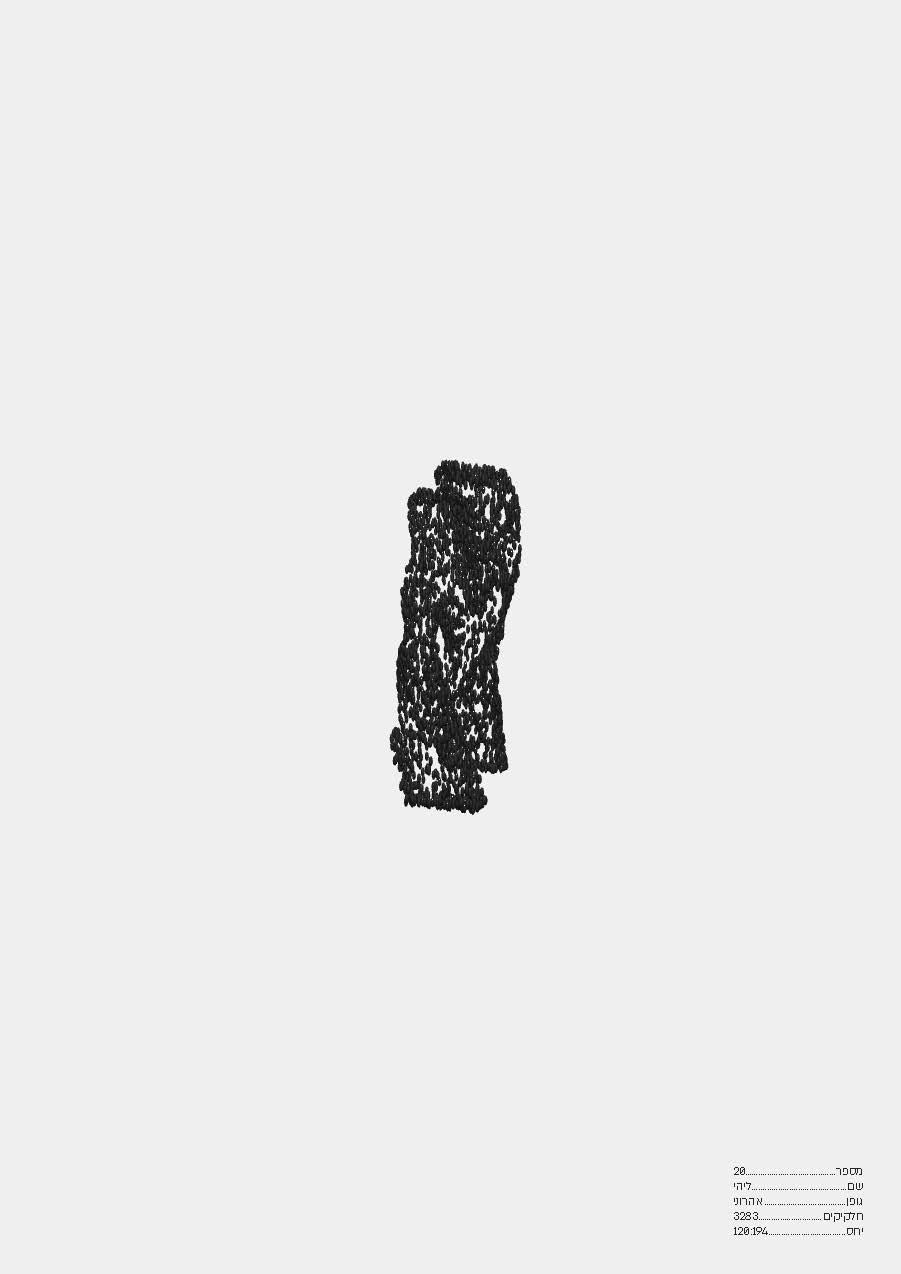

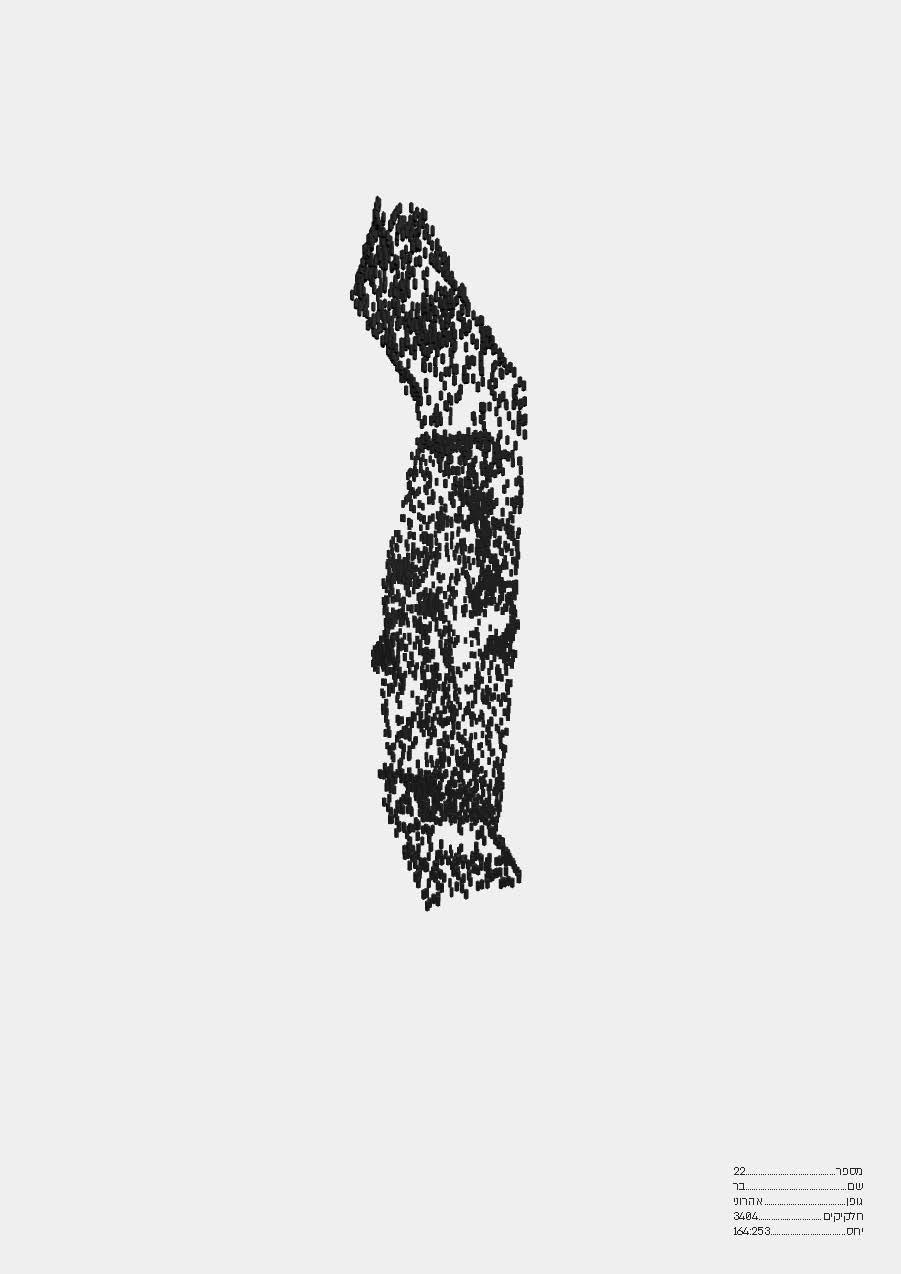







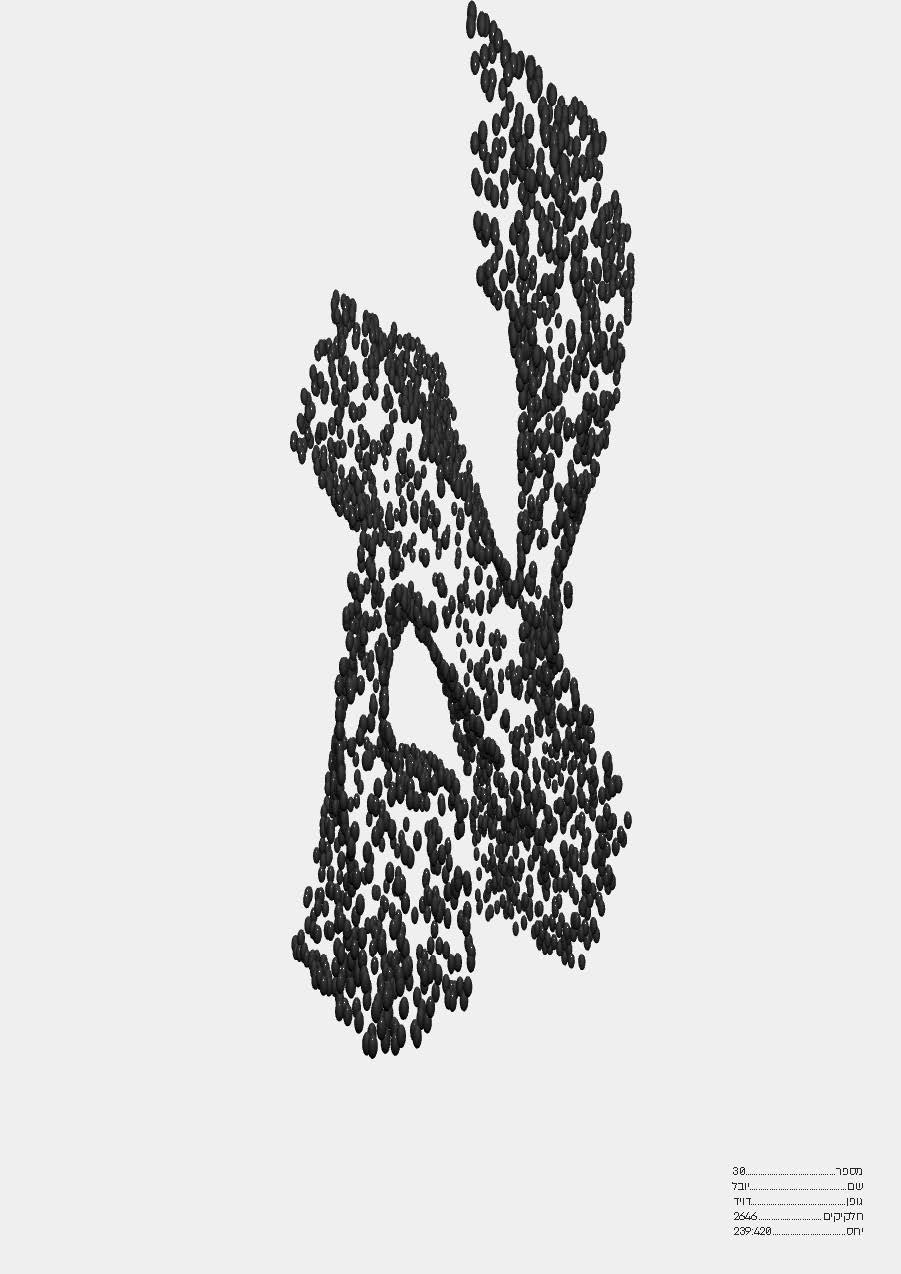

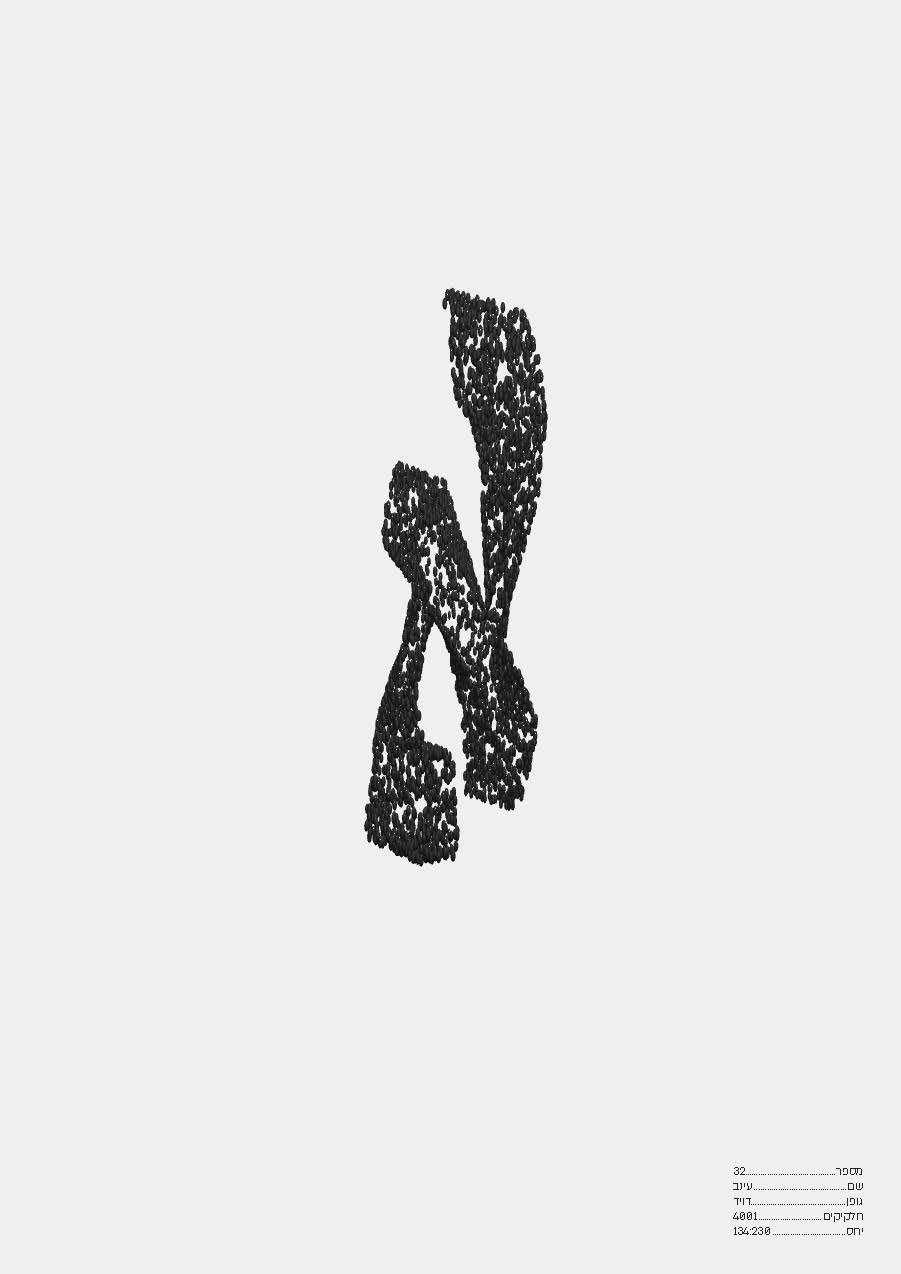









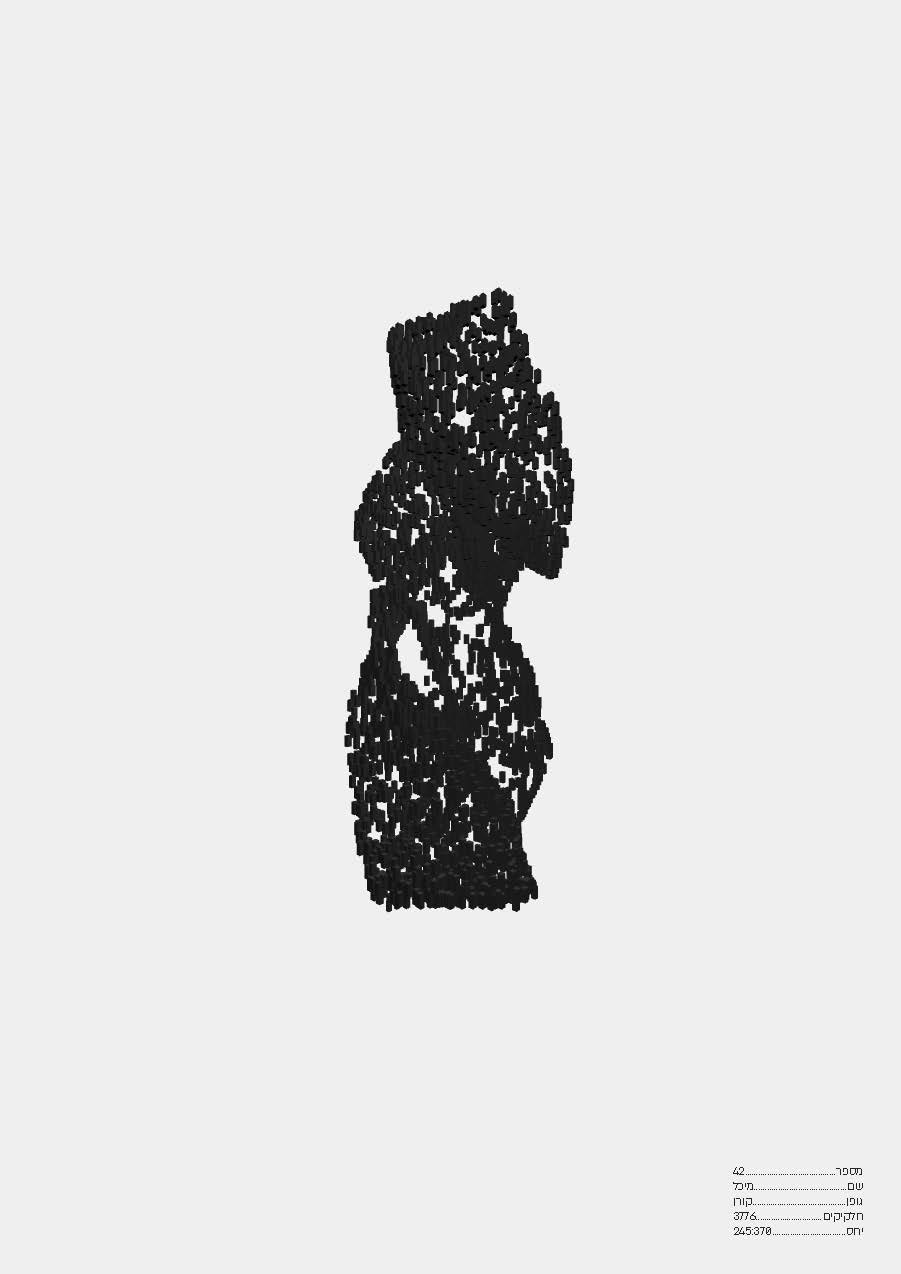









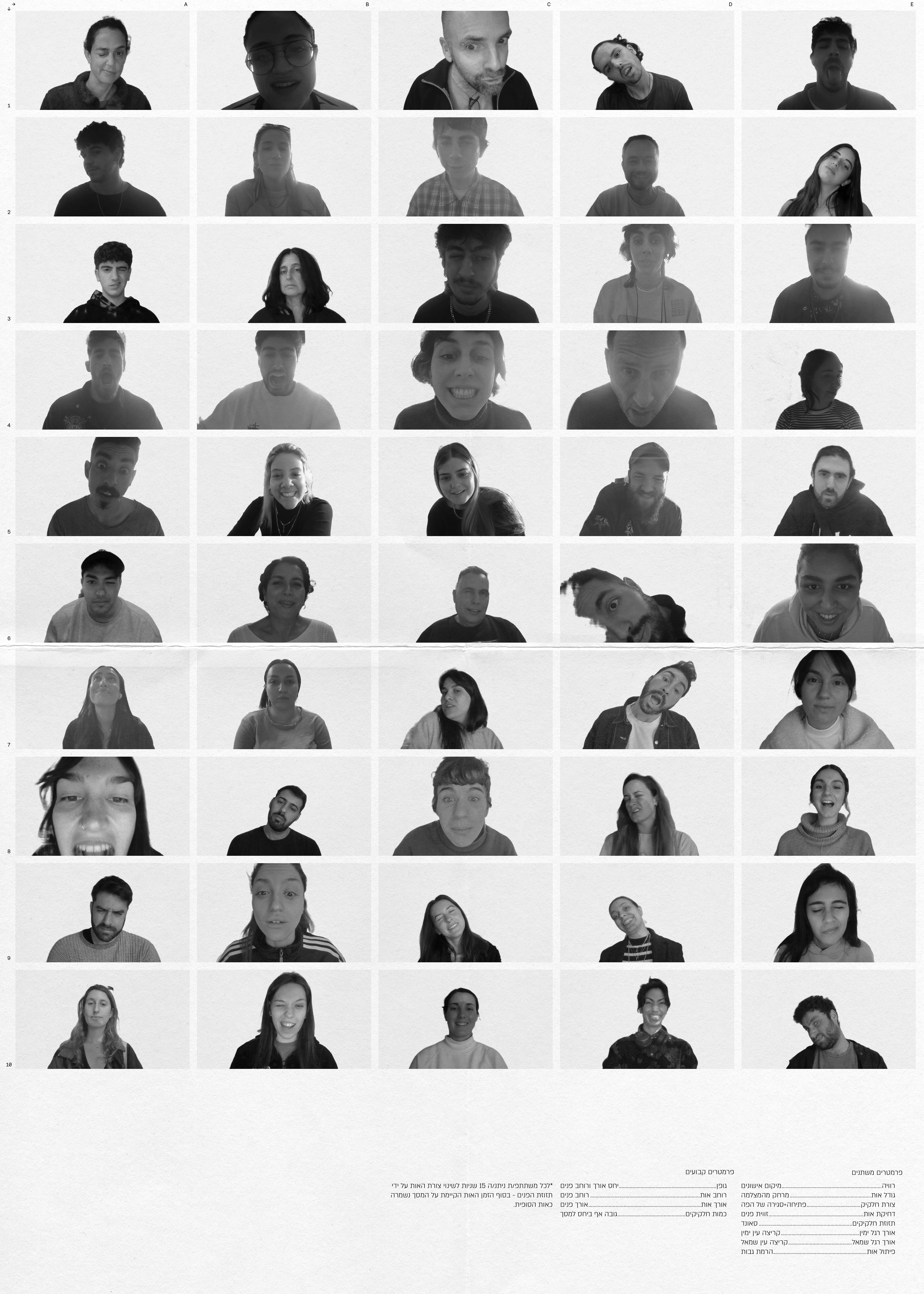
User Interaction Preview
Process and result


